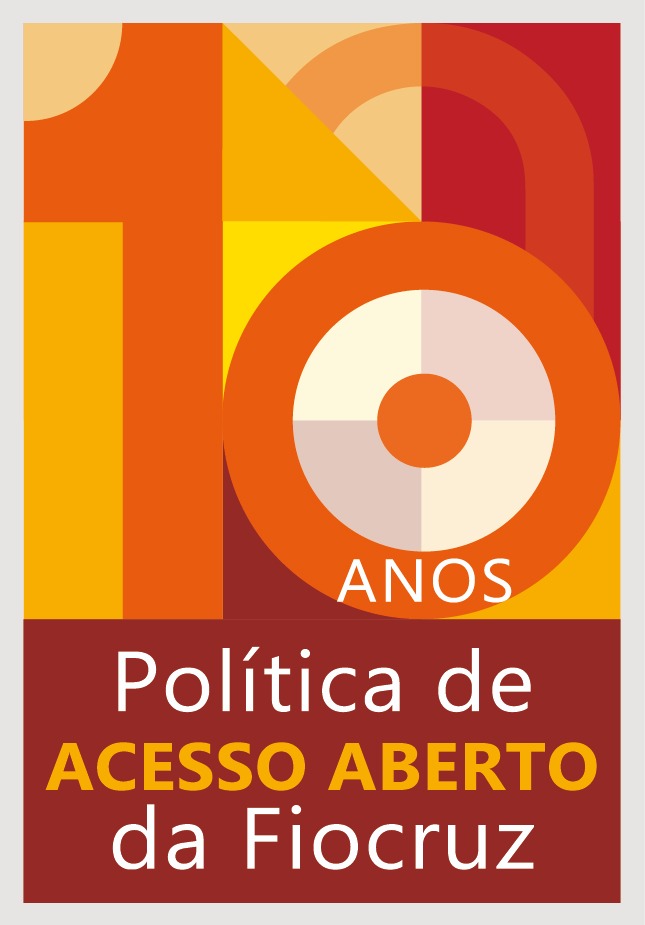On March 11, one year since the World Health Organization (WHO) declared that the COVID-19 epidemic represented a global pandemic, the new Bulletin of the COVID-19 Observatory Fiocruz highlights that Brazil is among the countries with the worst indicators. The country totals 11,122,429 cases and 268,370 deaths, which corresponds to 9.5% and 10.3% of the global total, respectively, even though the Brazilian population is less than 3% of the world's population.
In a context in which Brazil faces the worst scenario since the pandemic began, researchers at the COVID-19 Fiocruz Observatory, responsible for the Bulletin, note that Brazil has never achieved a significant reduction in its transmission curve. On the contrary: as has been reported by the press and alerted by Fiocruz, the records of new cases and deaths have been surpassed daily, accompanied by a situation of the collapse of the health systems in most states and municipalities.
According to data from the system InfoGripe, presented in this Bulletin, the levels of incidence of Severe Acute Respiratory Infection (SARI) are at very high levels in all units of the Federation, with an increasing trend in all South and Southeast regions states. Among the records with positive results for respiratory viruses, 96.7% of the cases and 99.1% of the deaths are due to the new coronavirus.
Also, the COVID-19 ICU occupancy rates for adults in the Brazilian Public Health System (SUS) remain very critical. According to the Bulletin, the rates obtained on March 8, 2021 show evolution of the indicator since July 17, 2020, pointing to a worsening trend in both the states and the Federal District, as well as in the capital cities. In the last week, only Pará showed improvement for leaving the critical alert zone and returning to the intermediate alert zone. Seventeen states and the Federal District maintained rates at or above 80%, and two more states joined them, resulting in a total of 20 federal units in the critical alert zone, of which 13 had rates above 90%. Six states that remained in the intermediate warning zone (≥ 60.0% and < 80.0%) showed growth in the indicator.
In view of the current situation, researchers defend suppression or blocking measures as the main way to control and reduce the transmission and the number of cases by COVID-19, as well as to reduce the continuous daily growth, with the incorporation of stricter measures to restrict circulation and non-essential activities. Added to these measures is the use of masks on a large social scale.
"Combining high percentages of mask-wearing with physical and social distancing measures has resulted in greater transmission control. While government regulations on the use of masks are important, they are insufficient on their own, and campaigns about the importance of mask use and how to use them, as well as the free distribution of masks on a large scale, should be carried out," state the researchers.
Impacts on the female population
The Bulletin also analyzed the impact on the female population. According to the analysis, the pandemic has impacted men and women differently, and its effects are not only restricted to those directly related to COVID-19.
Data made available by the Federal Council of Nursing, as exemplified in the Bulletin, show that, up to March 9, 2021, 49,117 cases of COVID-19 were registered in nursing professionals - 85.25% of which were women; and 648 deaths, 66.98% of which were women.
The researchers also point out that the numbers recently released by the Rio Public Security Institute (acronym in Portuguese, ISP) show that the violence occurrences against women have increased. According to the Institute, per day, more than 250 women were victims of violence during the period of social isolation in the Rio de Janeiro state.
"It must be recognized that women are suffering dramatically from the consequences of this pandemic. As they occupy most of the jobs in the health sector, they are also more heavily affected by the disease," the researchers point out.
![]()
![]()
![]() O conteúdo deste portal pode ser utilizado para todos os fins não comerciais, respeitados e reservados os direitos morais dos autores.
O conteúdo deste portal pode ser utilizado para todos os fins não comerciais, respeitados e reservados os direitos morais dos autores.

